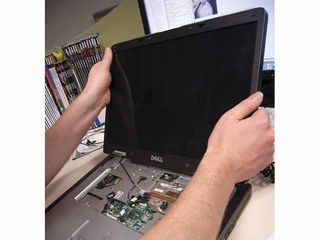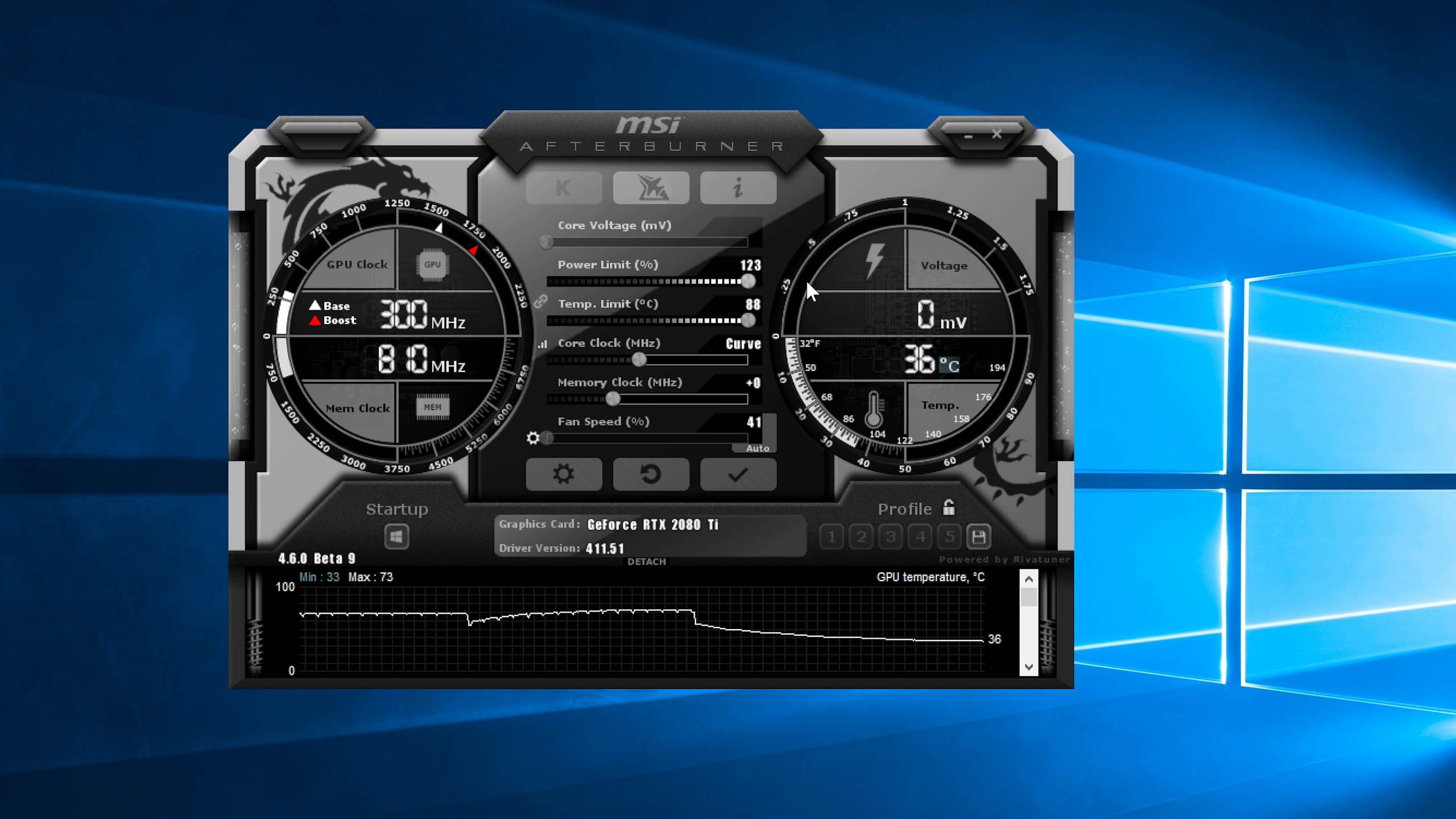
If your computer crashes, you get a Blue Screen of Death, or your programs won't open, return to the UEFI or BIOS menu and revert to a slower clock speed. You can use an app like Prime95 to temporarily run the CPU at 100% load to make sure there are no problems with the PC. You can increase the clock speed in increments to get to the speed you are interested in.Įvery time you increase the clock speed, spend a few hours "stress testing" the computer. It's a good idea to increase the multiplier by a small amount, reboot the computer and test it. Quick tip: To open your computer's BIOS or UEFI boot menu, open Settings, then "Update & security," and then click "Recovery." Under the "Advanced startup" heading, click "Restart now." Gigabyte Technology skitching by William Antonelli/Business Insider

The BIOS or UEFI is where you’ll find an option to overclock your CPU.

Likewise, programs that use your graphics card more than the CPU won't be helped by an overclocked CPU. This is called "bottlenecking."įor example, if you have a slow hard disk drive (HDD), overclocking your CPU can't make it run faster. And more important, improving your processor performance can be useless if the rest of your computer isn't fast enough to keep up. Modern CPUs already run so fast that overclocking can have little effect. In recent years, however, there's been some evidence that overclocking isn't as useful as it used to be. Buying a less expensive graphics card that can be overclocked can save money, while still ensuring excellent performance. When you join discussions about building computers or buying graphics cards, you'll often find people talking about how easily their computers can be overclocked. Done right, it can increase your computer's performance essentially for free.

This can include graphic design apps, 3D modeling programs, and more.

Overclocking is incredibly popular among computer enthusiasts, gamers, and anyone who regularly needs to run programs that take a lot of CPU power.


 0 kommentar(er)
0 kommentar(er)
